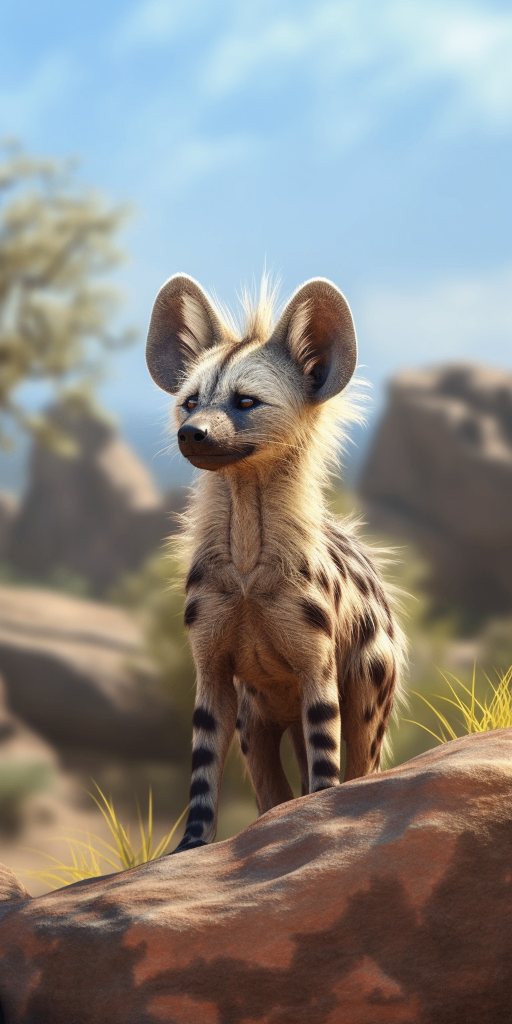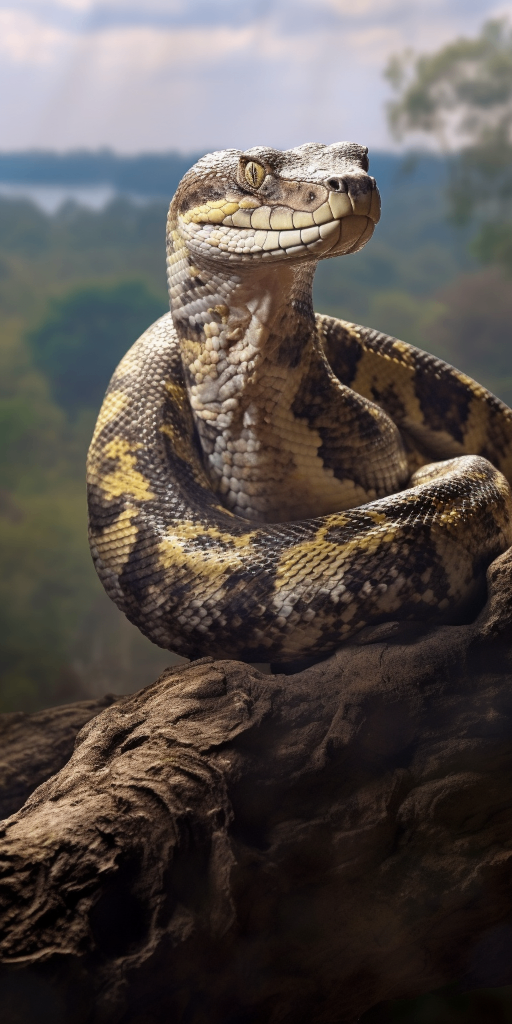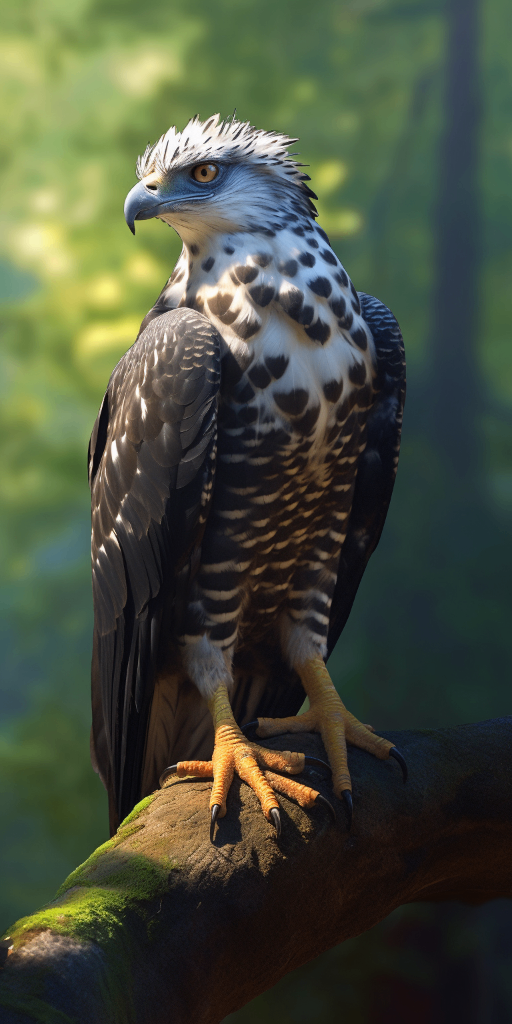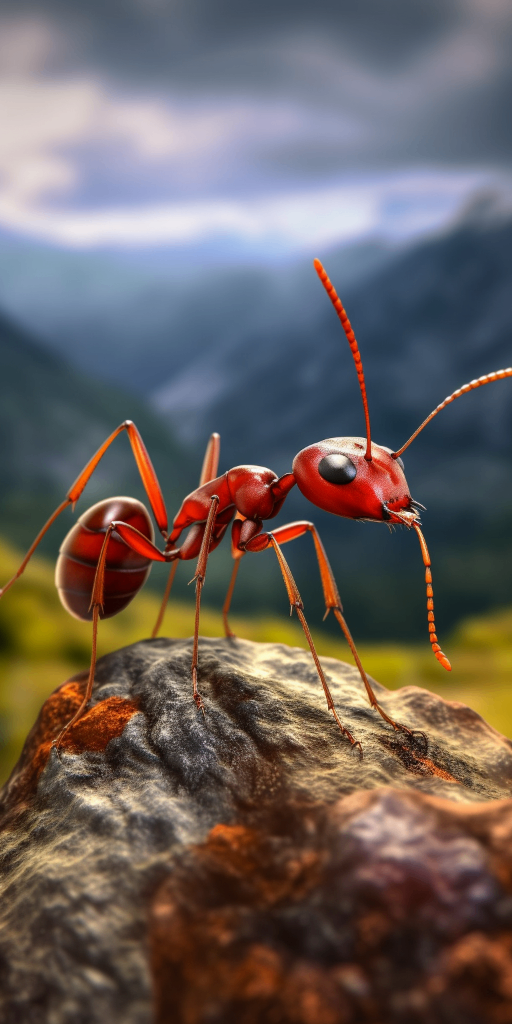The Western Diamondback
The Western Diamondback, also known as the Crotalus atrox, is a venomous pit viper native to the southwestern United States and northern Mexico. It is characterized by its distinctive diamond-shaped pattern along its back, which gives it its name. With a heavy body, triangular head, and rattles on its tail, the Western Diamondback can grow up to 4-5 feet in length. They are ambush predators that primarily feed on rodents, birds, and other small animals.

| Western Diamondback | |
|---|---|
| Size | Up to 7 feet (2.1 meters) |
| Weight | Up to 15 pounds (6.8 kg) |
| Speed | 15-20mph (24-32km/h) |
| Key Strength | Venomous bite |
| Biggest Weakness | Slow movement |
| Scientific Name | Crotalus atrox |
| Family | Viperidae |
| Habitat | Desert areas, grasslands, scrublands |
| Geography | Southern United States, Mexico |
| Diet | Small mammals, birds, amphibians |
| Lifespan | 10 years - 20 years |

The Western Diamondback
The Western Diamondback, also known as the Crotalus atrox, is a venomous pit viper native to the southwestern United States and northern Mexico. It is characterized by its distinctive diamond-shaped pattern along its back, which gives it its name. With a heavy body, triangular head, and rattles on its tail, the Western Diamondback can grow up to 4-5 feet in length. They are ambush predators that primarily feed on rodents, birds, and other small animals.
Fun Fact: The Western Diamondback is known for its loud and distinctive rattling sound, which serves as a warning to potential threats or predators.
| Western Diamondback | |
|---|---|
| Size | Up to 7 feet (2.1 meters) |
| Weight | Up to 15 pounds (6.8 kg) |
| Speed | 15-20mph (24-32km/h) |
| Key Strength | Venomous bite |
| Biggest Weakness | Slow movement |
| Scientific Name | Crotalus atrox |
| Family | Viperidae |
| Habitat | Desert areas, grasslands, scrublands |
| Geography | Southern United States, Mexico |
| Diet | Small mammals, birds, amphibians |
| Lifespan | 10 years - 20 years |
Western Diamondback Matchups
We use AI to simulate matchups between the Western Diamondback and other animals. Our simulation considers size, strength, and natural predatory behaviors to determine the most likely outcome.
Western Diamondback: Diet, Predators, Aggression, and Defensive Behaviors
What do Western Diamondback rattlesnakes eat?
Western Diamondback rattlesnakes primarily feed on small mammals such as rodents, rabbits, and ground-dwelling birds. They are capable hunters, using their excellent sense of smell and heat-sensing pit organs to locate prey.
Do Western Diamondback rattlesnakes have any predators?
While Western Diamondback rattlesnakes have few natural predators due to their venomous nature, they are sometimes preyed upon by larger predators such as hawks, eagles, and other snakes. Young rattlesnakes are particularly vulnerable to predation.
Are Western Diamondback rattlesnakes aggressive towards humans?
Western Diamondback rattlesnakes are generally shy and prefer to avoid confrontation with humans. However, they will defend themselves if threatened or cornered. It is important to give these snakes a wide berth and not provoke them in their natural habitat.
Do Western Diamondback rattlesnakes engage in combat with each other?
During mating season, male Western Diamondback rattlesnakes may engage in combat with each other to establish dominance and access to females. These ritualistic battles involve intertwining and pushing each other in attempts to assert dominance.
How do Western Diamondback rattlesnakes defend themselves from threats?
Western Diamondback rattlesnakes have several defense mechanisms to deter potential threats. Their most recognizable defense is their rattle, which they use to warn off predators or humans. If threatened, they may also strike with their venomous fangs as a last resort.
What is the Western Diamondback rattlesnake's biggest weakness in a fight?
Despite their venomous bite, Western Diamondback rattlesnakes have a vulnerability when it comes to sustaining injuries. If their fangs break or their venom reserves are depleted, they may struggle to defend themselves effectively in a fight. This makes them more susceptible to predators or competitors in the wild.
Fun Fact: Despite their venomous bite, Western Diamondbacks are important to their ecosystems as they help control rodent populations, which can carry diseases harmful to humans.
Fun Fact: When threatened, Western Diamondbacks can strike up to a distance of two-thirds of their body length, delivering a potent venom that can be dangerous to humans if not treated promptly.










